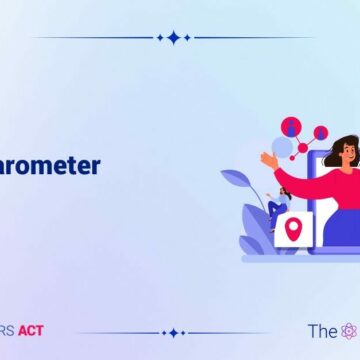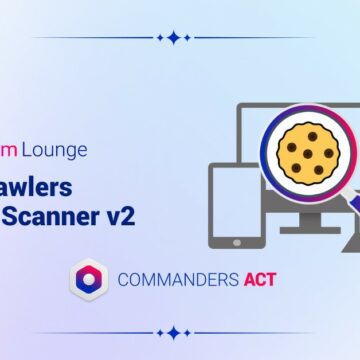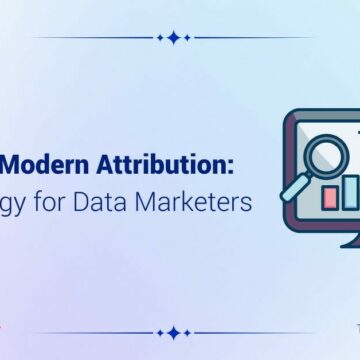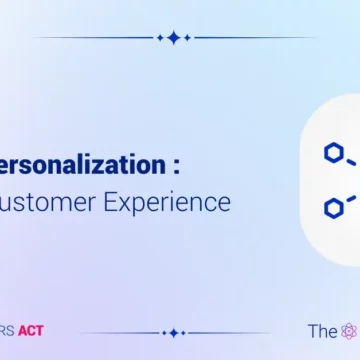Server-side tracking vs Client-side tracking
16/09/2024 |
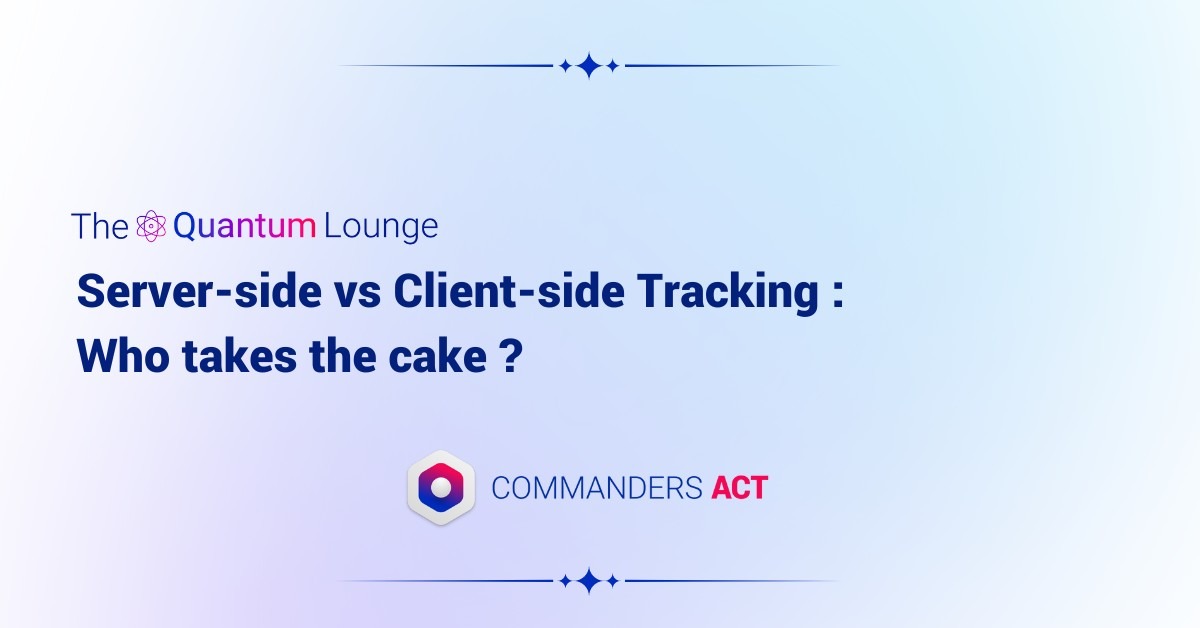
Understanding Tracking techniques and their utility for Businesses
Data collection and tracking have been integral parts of digital marketing since the very beginning. CRM systems, transactional databases, and online advertising platforms rely on behavioral data from users, which must be reliable, high-quality, and collected with respect for user privacy—which is challenging to say the least.
For businesses, tracking plays a crucial role in understanding user behavior, optimizing websites and apps, and improving the user experience. However, technological and regulatory changes surrounding data collection are reshaping current practices.
Today, we will explore the two main methods of marketing data collection: client-side tracking, primarily used until recently, and server-side tracking, which has gained traction since the early 2020s.
What’s the difference between server-side and client-side data collection?
To recap, the goal of behavioral data collection for marketing purposes is to feed tools like advertising platforms (Google Ads, Meta or Facebook Ads, Instagram Ads, Snapchat Ads, TikTok Ads), or digital analytics and marketing attribution tools such as Google Analytics, Piano, or adloop.co, as well as CRM databases. These tools help target users more effectively and optimize responses to customer, prospect, and general user needs.
The real distinction between the two methods is that client-side tracking takes place within the user’s browser, whereas server-side tracking involves a server managed by the brand’s team.
What is client-side tracking?
In client-side tracking, all processes occur within the user’s browser (the “Client”).
Each marketing application used by the website has an independent JavaScript “tag” that operates only within the user’s browser. Each tag captures behavioral data and sends it directly to the third-party application it is connected to. This means data is transmitted directly without the brand having control over the exchanges. Furthermore, these tags can trigger others—sometimes hidden, in what is called Piggybacking—leading to user data being sent to multiple third parties.
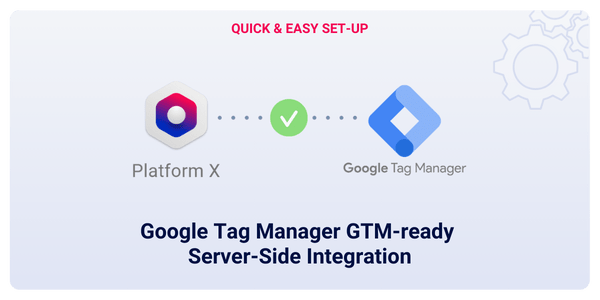
Move to Server-side : boost conversions & reinforce privacy
What is server-side tracking?
In server-side data collection, a single master tag collects the data and sends it to a central server. This server then distributes the data via API to the chosen platforms based on the rules defined by the website owner.
This method allows businesses to enrich, correct, and anonymize the data while deciding precisely what data to send and to which platforms. For example, they can choose not to send data to Meta if the user comes from Google. This approach not only enhances data privacy but also strengthens data security. Server-side tracking is a key part of “cookieless” data collection methods.
For completeness, hybrid data collection is when a master tag that collects the data operates through a JavaScript tag on the browser, but the data is sent and processed by a server. Full Server-Side collection occurs when no tags are triggered, and behavioral data is sent directly from server to server, without involving the browser.
However, server-side tracking is uncommon due to recent drawbacks, which we will address in another article.
Advantages and Disadvantages of Different Data Collection Methods
Advantages and disadvantages of client-side tracking
Every company has its own unique situation. Tracking needs vary based on company size, industry, customer interaction levels, existing IT infrastructure, and desired or required levels of confidentiality and compliance. Additionally, not all companies have the same resources, particularly when it comes to budgets and human resources. This is where client-side tracking can be appealing, as it is lighter in terms of implementation.
Client-side data collection is quick to set up and requires minimal technical skills. This naturally makes it less expensive than a server-side strategy. Sometimes, it’s enough to add a JavaScript snippet to the website’s structure for the tag to be implemented and functional.
However, growing demands for data security and compliance have slowed the adoption of client-side methods, and more companies are moving toward centralized tags using a server-side tracking approach.
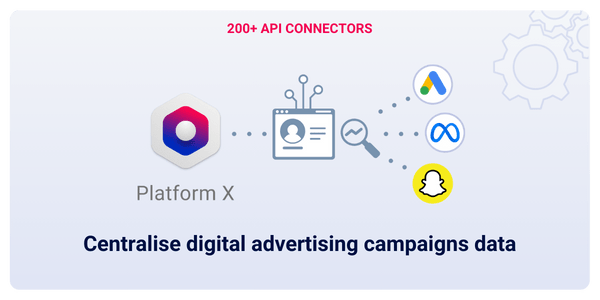
Connect Facebook, Snapchat, Tiktok and many more CAPIs with PlatformX
Advantages and disadvantages of server-side tracking
Server-side data collection gives businesses better control over the data they obtain. In traditional client-side tracking, data is collected through scripts belonging to third parties. Thus, the data is in the hands of these third parties before the company can access it. Server-side tracking avoids this Piggybacking process, as the connection is made between the user and the server, and then between the server and the third party.
This aspect is crucial for website compliance, especially in Europe. Beyond managing user consent through a CMP (Consent Management Platform) and its functional implementation, Piggybacking can lead to data leaks to non-European territories, complicating GDPR compliance. While data centralization for privacy and compliance is certainly advantageous, it’s not the only benefit of server-side tracking. Server-side tracking also provides more accurate, complete, and higher-quality data.
Server-Side vs Client-Side Tracking Comparison
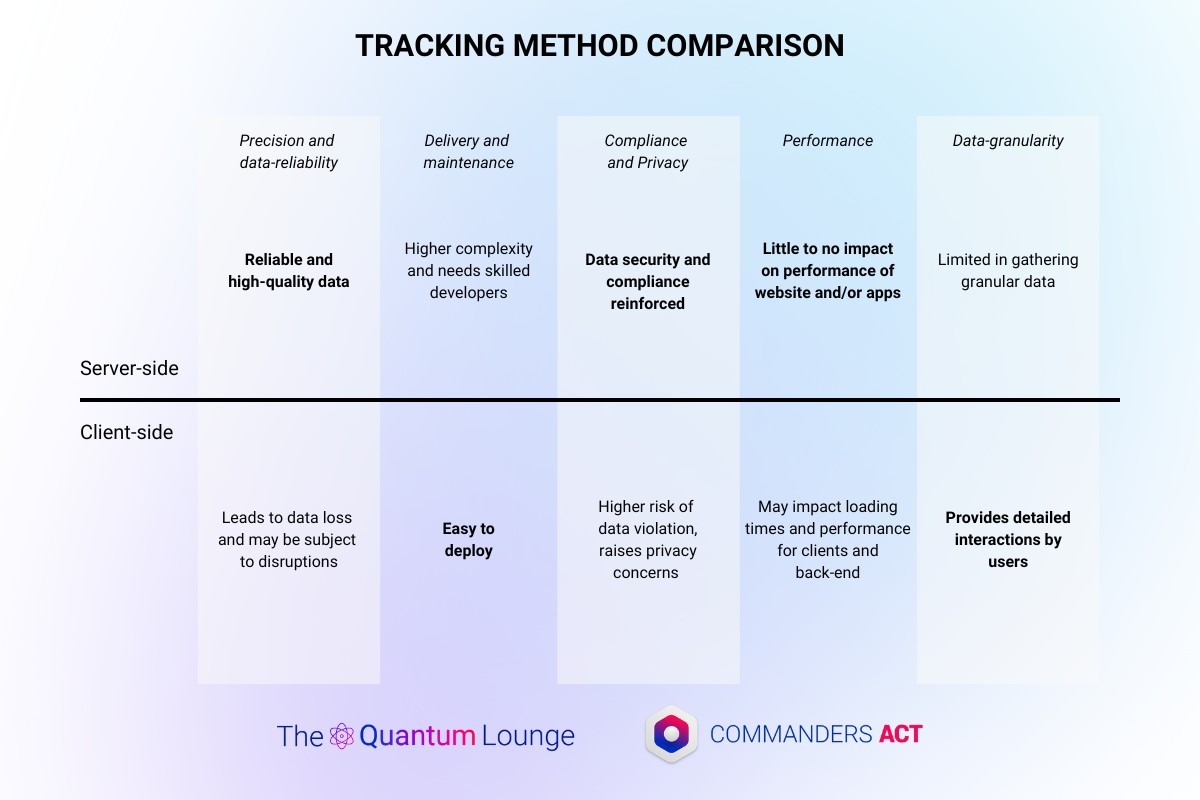
Q&A on Server-Side Tracking
Commanders Act offers businesses its Enterprise Tag Manager solution through PlatformX. This solution enables companies to collect, analyze, and leverage marketing data obtained via a server-side tracking method. We’ve compiled some frequently asked questions from our clients and prospects:
How can I acquire the necessary skills to implement a server-side tracking solution?
This depends entirely on the company. If the skills are not available internally, there are two clear options: hiring or external support. Solutions like PlatformX can be offered as simple access to the SaaS platform or deployed end-to-end by our teams.
Why invest extra effort and resources for a similar outcome?
In any data-driven marketing strategy, the question of ROI arises. A key factor in understanding the increased costs is the implementation of a higher-quality, more secure, and customizable solution. Server-side tracking not only delivers higher-quality data (fewer gaps, less inaccurate data, and better sourcing) but also helps prevent data loss and leaks, ensuring greater confidentiality and stronger governance. Regarding ROI, we observe an average 21% increase in media ROI among clients using our Enterprise Tag Manager solution.
